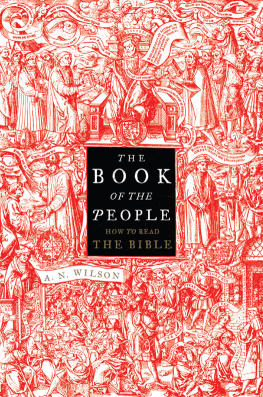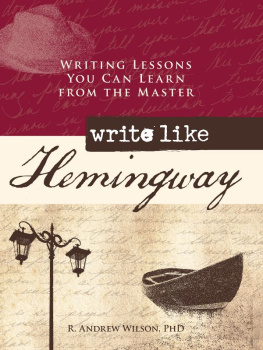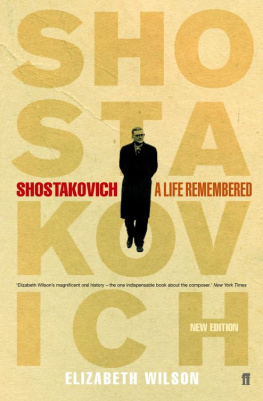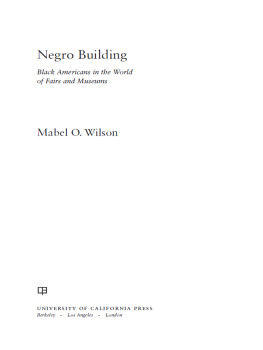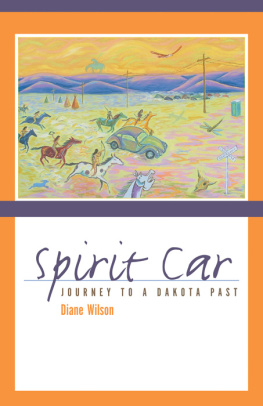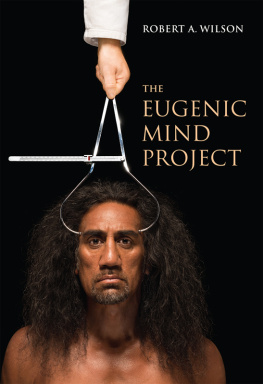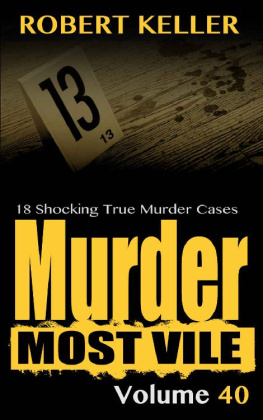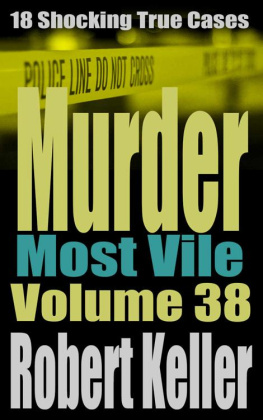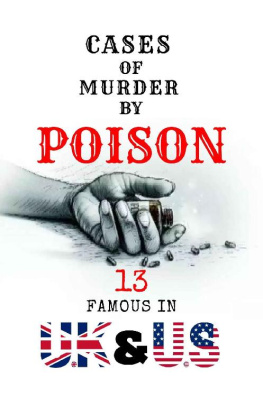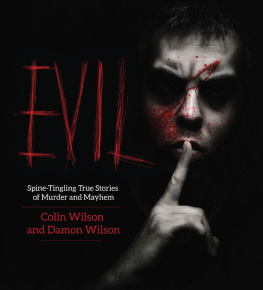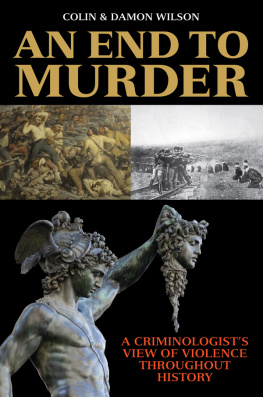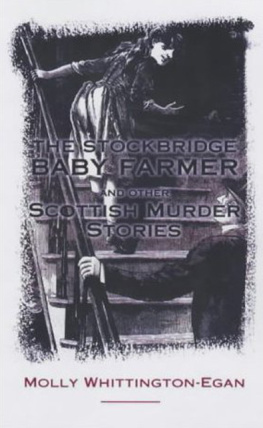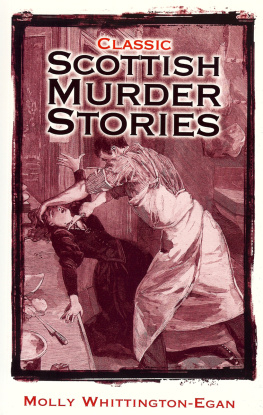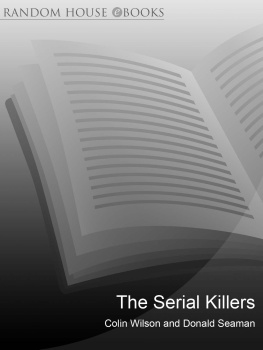A Casebook of Murder
Colin Wilson
Copyright
Diversion Books
A Division of Diversion Publishing Corp.
443 Park Avenue South, Suite 1008
New York, NY 10016
www.DiversionBooks.com
Copyright 1969 by Colin Wilson
All rights reserved, including the right to reproduce this book or portions thereof in any form whatsoever.
For more information, email
First Diversion Books edition August 2015
ISBN: 978-1-68230-010-7
Also by Colin Wilson
A Criminal History of Mankind
A Plague of Murder
The Encyclopedia of Unsolved Mysteries
Mysteries
Order of Assassins
Strange Powers
The Occult
The Outsider
Written in Blood
Contents
(Cases considered at length are printed in roman)
Robert IrwinThe artist and the criminalRaymond Morris and the Cannock Chase murderKrtenLeopold and Loeb.
Violence as protest against civilisationThe CrusadesSawney Bean and his familyTortureThe execution of DamiensStatistics of murder in past centuriesGilles de RaisElizabethan domestic tragedyWalter CalverleyThomas Arden of FavershamThe Max Garvie caseThe murder of George SandersFrancis ThorneyThe murder of Christopher MarloweWas Marlowe Shakespeare?Execution of Dr LopezAmy RobsartSir Thomas Malory, rapist and banditGesualdo, composer and wife murdererMurder of Sir Thomas OverburyMurder of Sir Edmund Berry Godfrey.
Gin and the rising crime rateThe MohocksDick TurpinSarah Malcolm and HogarthTyburn treeHistory of hangingJack KetchMarwoodLaughing Jack HooperJohn PriceThe Newgate CalendarCatherine HayesMrs BrownriggThe MetyardsTrial of the smugglers for murder of Galley and ChaterEarl Ferrars, last nobleman to be publicly hangedCaptain John PorteousCriminals who survived hangingThomas ColleyHenry Fielding and penal reform.
Calhouns criminal ratsThe nineteenth centuryTransportation to AustraliaJeffries the MonsterCannibalismAlexander PierceDignum and CornerfordThe bushranger MorganArthur Thistlewood and the Cato Street conspiratorsAbduction and rape of heiressesRape of Sarah WoodcockLuke Dillon and Miss FrizellGeorge Cant and Jane BollandFalse allegations of rapeThe Red Barn murderEllie Hanley, the Colleen Bawn.
Motiveless joy-murderJournals of the Nuremberg hangman, Franz SchmidtAndrew Bichel, the Bavarian ripperMartin Dumollard, the mass murderer of LyonsThe Ratcliffe Highway murdersBurke and Hare, the body snatchersParisian crimeVidocq, Balzacs VautrinLacenaireThomas Griffiths WainewrightFemale poisoners: Gesina Gottfried, Hlne Jegado, Anna Zwanziger: Poison is my truest friendDr Palmer of RugelyThomas Neill CreamGeorge ChapmanJack the RipperMy own search for Jack the RipperTessnov, the journeyman ripperMervyn Garvie, the Sydney rapistThe rape of Marjory FenwickRobert J ThompsonThe Texarcana murderer.
Scientific crime fightingInvention of photographyBilloir, the wife murdererPierre VoirboCharles AvinainAlphonse Bertillon and the classification of criminalsRavachol, the anarchistWilliam Herschel and the discovery of fingerprintsFirst fingerprint murder: Francesca RojasEdward Richard Henry, and fingerprint classificationCharan, the Bengali murdererThe first English fingerprint murder: the Stratton brothers of DeptfordIdentification of bloodstainsTheodore Berger and the murder of Lucie BerlinKarl Hussmann, the homosexual killerEdmund Pook and the murder of Jane ClousonLizzie Borden; the new solutionMiles Giffard.
Rouse, the burning car murdererRising crime rateJesse PomeroyH H Holmes and Nightmare CastleA case of rape in a train crashThe case of Jan and AdaCrimes of compulsionTorture-murder of Alice PorterMary Bell, 11-year-old killerThe lesbian murders: Jeannace Freeman and Gertrude JacksonHickock and SmithEd Gein, the Wisconsin necrophileCarl Folk: the rape of Betty AllenCharles SchmidLloyd HigdonThe Moors murder case, Ian Brady and Myra HindleyMelvin Rees and the murder of the Jackson familyRichard Speck and the murder of the eight nursesNorman Smith, the sniperKlaus Gosmann, the midday murdererLucian Staniak, a modern Polish ripper, the Red SpiderHomosexual murderersStephen WeinsteinRalph NussMyron Lance and Walter KelbachThe Algiers Motel incidentThe Armand Rohart caseIvy GibersonThe Domenech murder case.
Acknowledgements
I wish to thank August Derleth for the loan of his set of volumes on famous American murders, Brian Marriner for unearthing some valuable press cuttings, Mrs Gita Whetter for correcting the manuscript and proof, and Dr Francis Camps, Ludovic Kennedy and S Foster Damon for help on particular points. The London Library, as usual, went to a great deal of trouble to search out essential material.
The following books have provided valuable material from which I have quoted: Herbert Asbury The Gangs of New York, G P Putnams Sons; Christopher Hibbert The Roots of Evil, Weidenfeld and Nicolson; Suzanne Lilar Aspects of Love in Western Society, Thames and Hudson; Sir Melville Macnaghten Day of my Years, Edward Arnold and Lytton Strachey Elizabeth and Essex, Chatto and Windus.
CW
Introduction
The theme of this book is the sociology of murderthe changing patterns of murder in western society. But such considerations, while certainly fascinating, do not go to the root of my interest in murder. To put it simply, my interest in murder is philosophical rather than scientific.
Shortly after the Moors murder case (which is discussed in the last chapter), Pamela Hansford Johnson wrote a book called On Iniquity, in which she contradicted the current notion that there is no such thing as wickedness, only sickness. I saw a number of reviews that treated this thesis with a kind of bored disgust, as if it was just another sign of the regrettable backward from liberalism tendency of our period. Now I would not say that I am entirely in agreement with Miss Hansford Johnson about the need to clamp down the censorship on immoral books. Whether de Sade or My Secret Life ever corrupted anybody is beside the point. I have no doubt they have; and it still seems to me important that they should be published and sold openly; they are not in the same category as dangerous drugs, and if a human being could write them, I see no reason why they should be denied to any human being who can read them. But the core of her argument seems to me obviously true. The interesting thing about Brady and Hindleyand there would not be books written about them if they were not interesting to a great many peopleis that they were responding to certain social pressures with freedom of choice. Most murders are crimes of passion of one sort or another: murders within the family: a jealous husband kills his wife; an overwrought wife kills her husband or child, and so on. A large percentage of such murderers never come to trial because they commit suicide. They have been faced with a crisis situation, have responded without self-control, and the result is disaster. There is a choice here, but it is merely the choice of running down a slope instead of trying to stop yourself from sliding down it. But the murder cases that make the headlines usually do so for a good reason: that the murders reveal a far more unusual kind of choice: that of the gambler, or adventurer, or leader. The murderer may be of a fairly high level of intelligence; he also feels a generalised resentment towards society. He pursues this train of thoughtand emotionlogically, until it ends in murder. We may condemn the crime as ultimately stupid; but it would be blindness to apply any kind of blanket judgement: stupidity, wickedness, sickness, as if it was all of a piece. A classic example is Robert Irwin, an artist who murdered the mother and sister of his girlfriend in New York in 1937. Working as an errand boy at the age of fifteen, Irwin was suddenly struck one daythe word is inadequate to describe the impactby the notion that before a sculptor can make a statue, he has to first make a mental statue. He became obsessed by an idea he called visualising, trying to conjure up something, in his imagination,


